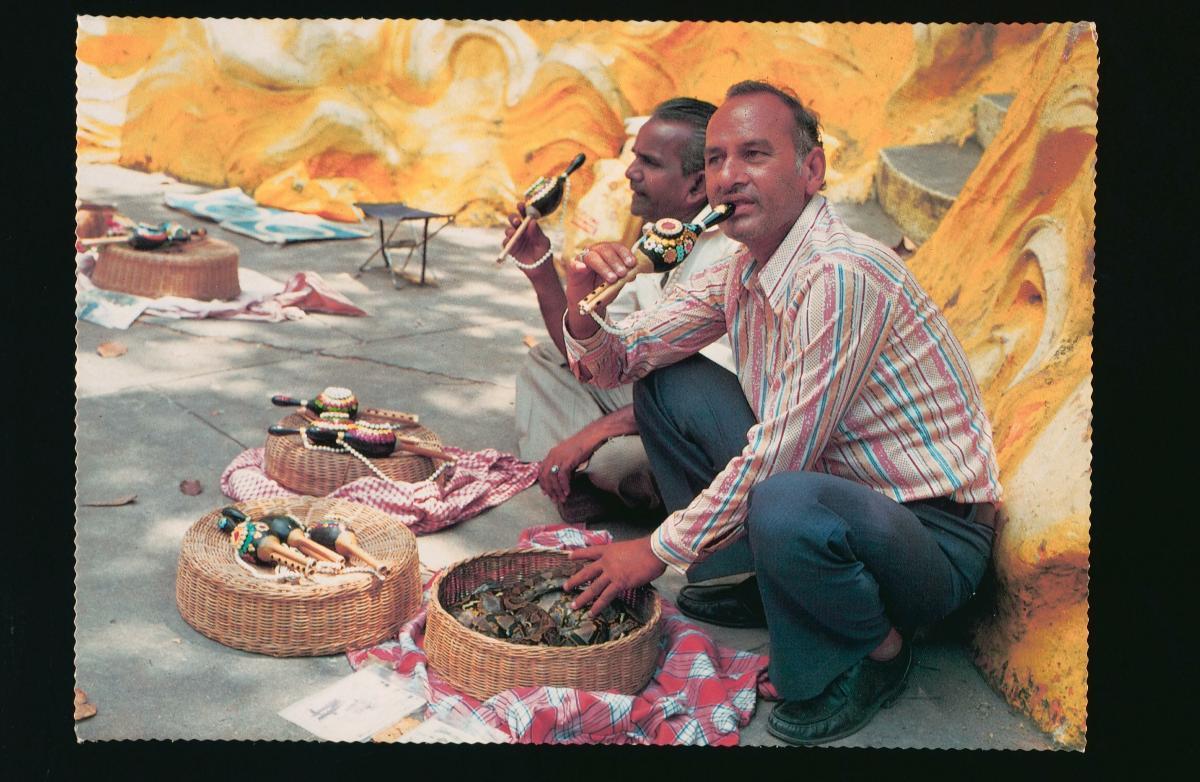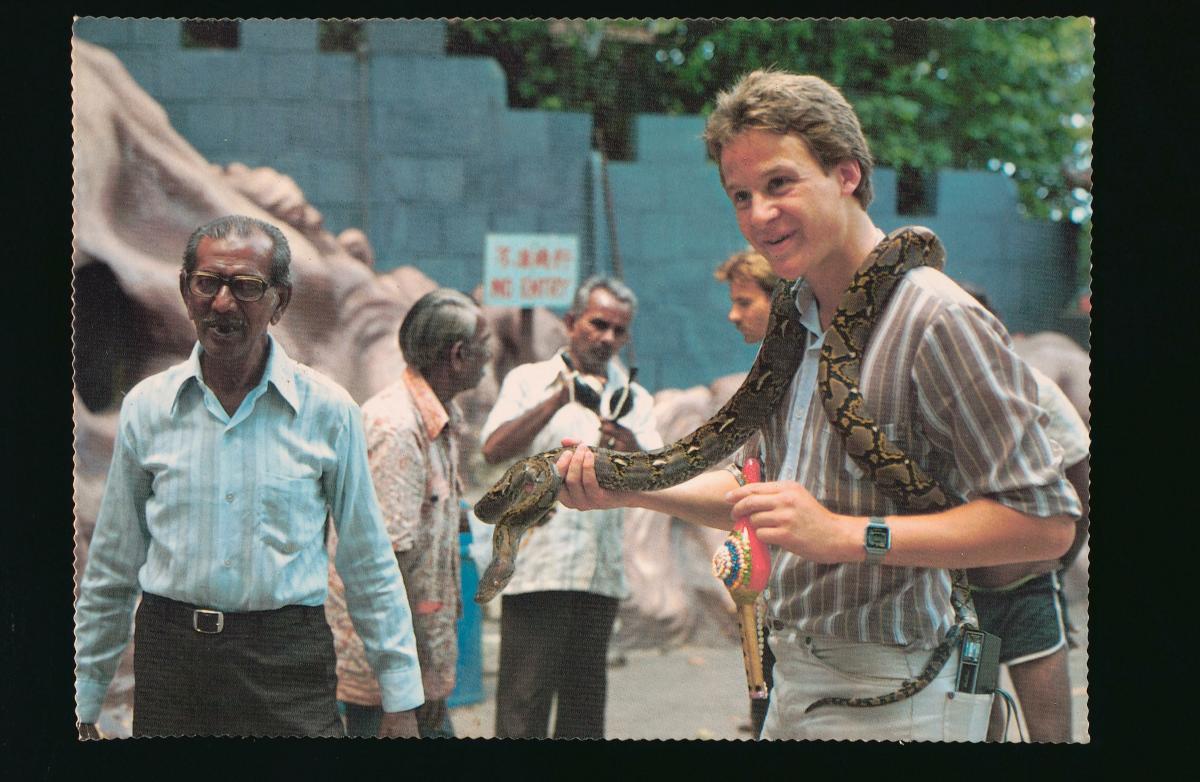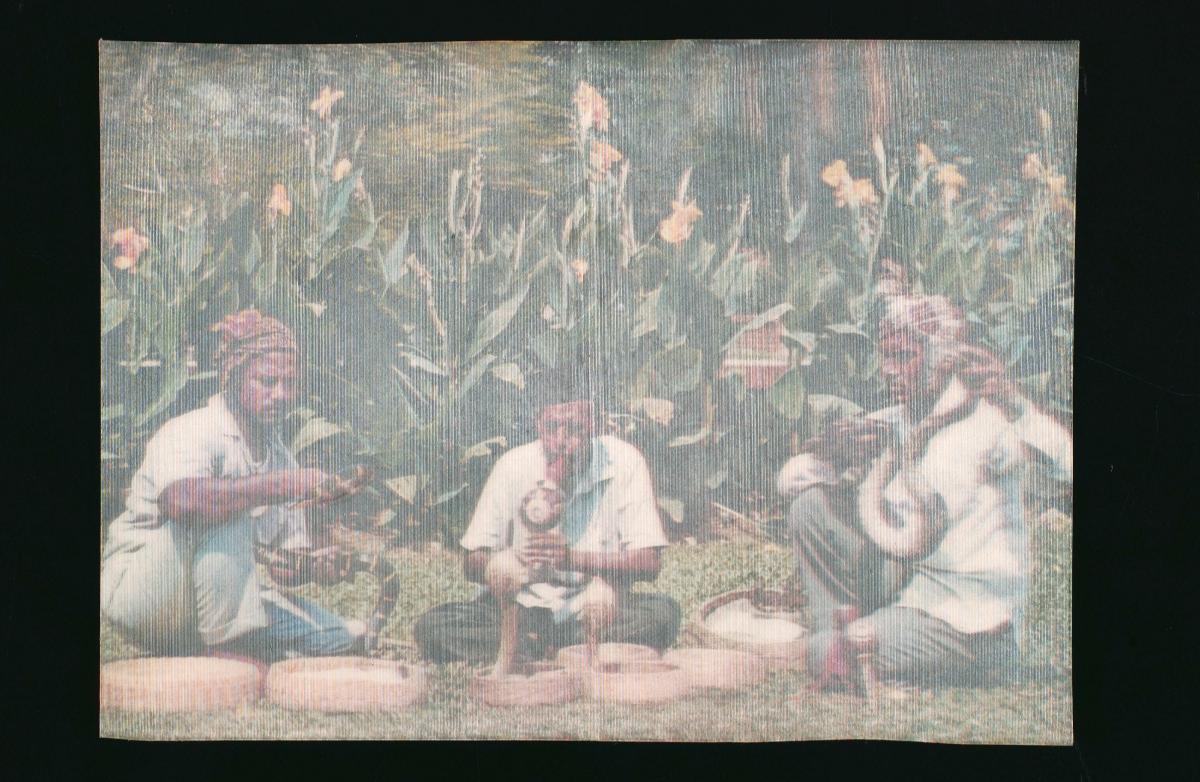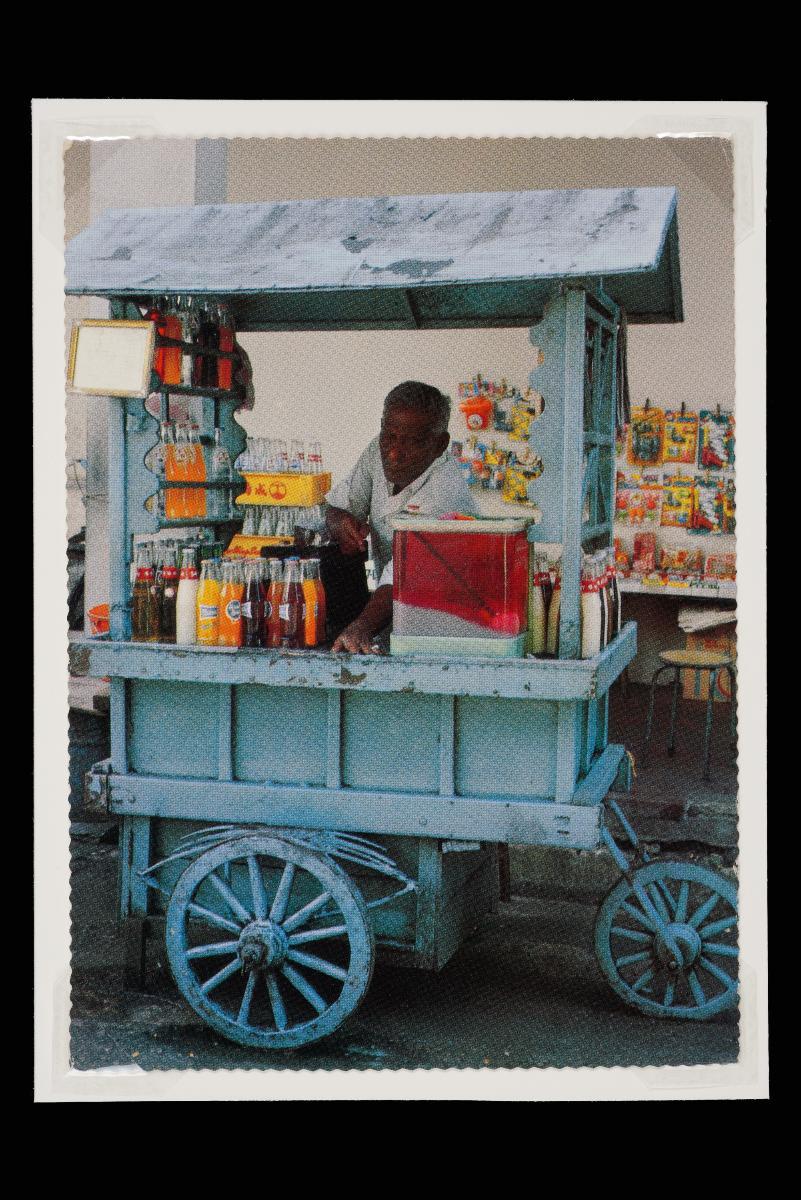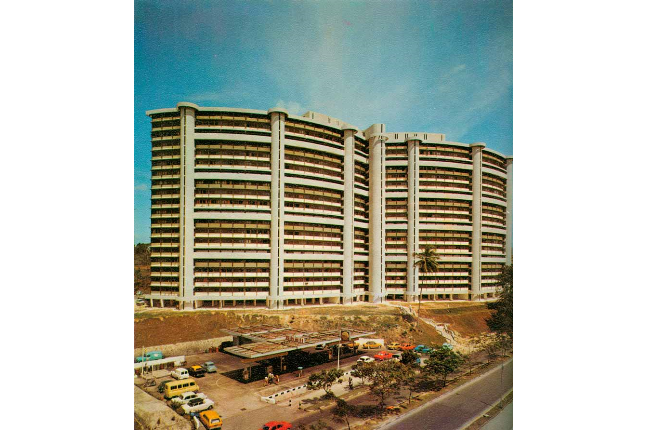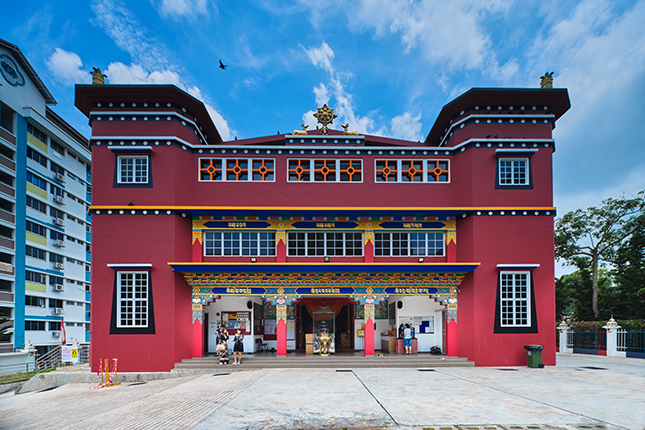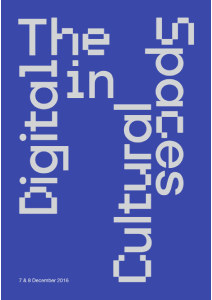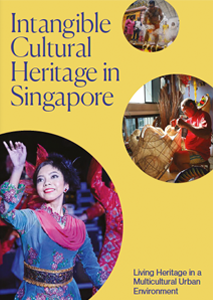Most of the snake charmers who arrived in Singapore during the 19th century were immigrants from the city of Poona (now known as Pune) in the western Indian state of Maharashtra. However, some Malays also entered the profession after picking up the skills from Indian snake charmers. These roadside entertainers made a living by making their pet snakes ‘dance’ to the music of their ‘naskar’, which is a flute-like instrument made from a bamboo stem and coconut shell. Their favoured snakes were the python, mamba and black cobra, although cobras gradually grew out of favour due to the high incidence of death as a result of cobra bites. In the 1930s, snake charmers were commonly found in front of the Tiger Balm shop along Cantonment Road selling medicated ointment to captivated audiences. Snake charmers were a popular tourist attraction in the 1950s and 1960s and they often performed outside hotels and other public places that were frequented by tourists such as Sentosa and Mount Faber. They have since become a rare sight in modern-day Singapore.The Little India district is a core conservation area that covers Sungei Road, Jalan Besar, Rowell Road, Serangoon Road, Belilios Road, Kerbau Road, Chander Road, Rotan Road, Race Course Road and Buffalo Road. The area was first settled by Europeans in the 1840s, but the cattle trade carried out in the area soon attracted Indian workers to move there. By the 1880s, the area had become an Indian enclave with businesses subsequently set up to cater to the new clientele. Little India remains an important area for the Indian community with culturally important landmarks such as the Sri Veeramakaliamman Temple and the Tekka Market located there. It is also an area that is popular with the tourists.





